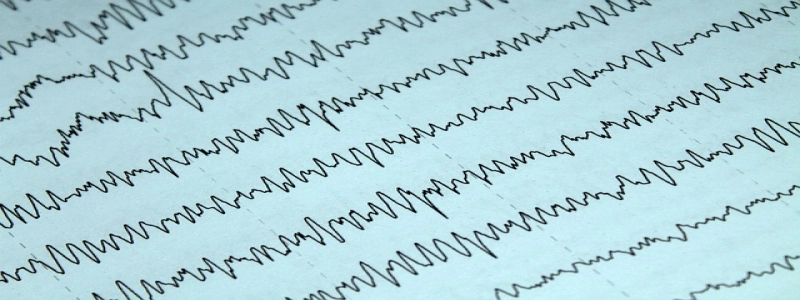Calculate the De Broglie Wavelength
Introduction:
The De Broglie wavelength is a concept in quantum mechanics that relates the momentum of subatomic particles to their corresponding wavelengths. It was postulated by Louis de Broglie in 1924 and was later experimentally verified by Davisson and Germer in 1927 using electron diffraction. This article will delve into the calculation of the De Broglie wavelength and its significance in understanding the wave-particle duality of matter.
I. The De Broglie Equation:
The De Broglie equation is given by λ = h / p, where λ represents the De Broglie wavelength, h is the Planck constant, and p denotes the momentum of the particle. This equation suggests that particles can exhibit wave-like properties depending on their momentum.
II. Calculating the De Broglie Wavelength:
To calculate the De Broglie wavelength of a particle, one needs to know its momentum. The momentum of a particle can be calculated using the formula p = mv, where m represents the mass of the particle and v is its velocity. Once the momentum is determined, it can be substituted into the De Broglie equation to obtain the wavelength.
Example:
Let’s consider an electron with a mass of 9.10938356 × 10^(-31) kilograms and a velocity of 5 × 10^6 meters per second. The momentum of this electron can be calculated as follows:
p = mv
p = (9.10938356 × 10^(-31) kg)(5 × 10^6 m/s)
p = 4.55469178 × 10^(-24) kg·m/s
Using the calculated momentum, we can now substitute it into the De Broglie equation to find the De Broglie wavelength:
λ = h / p
λ = (6.62607015 × 10^(-34) kg·m^2/s) / (4.55469178 × 10^(-24) kg·m/s)
λ = 1.452630083 × 10^(-10) meters
Conclusion:
In this article, we explored the calculation of the De Broglie wavelength, a fundamental concept in quantum mechanics. We discussed the De Broglie equation and how to calculate the momentum of a particle. Through an example, we demonstrated how to use these calculations to determine the De Broglie wavelength of an electron. The De Broglie wavelength provides insight into the wave-particle duality of matter and is crucial in understanding the behavior of subatomic particles. Learning about the De Broglie wavelength allows us to comprehend the fascinating and complex world of quantum mechanics.








